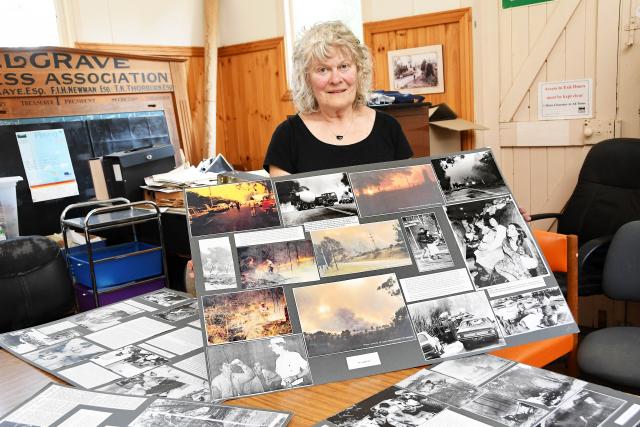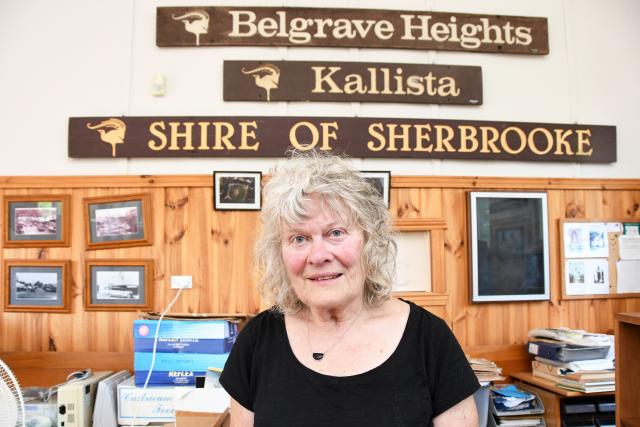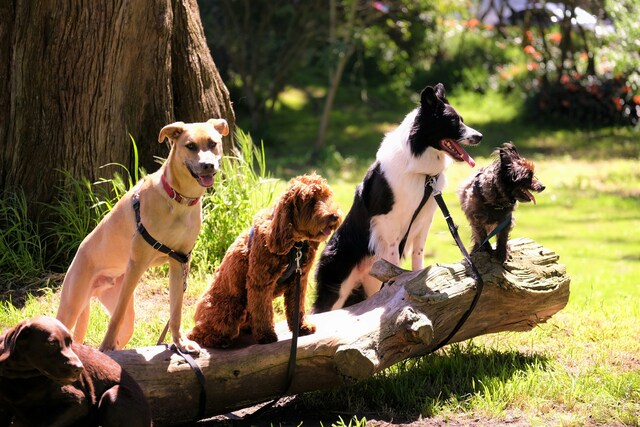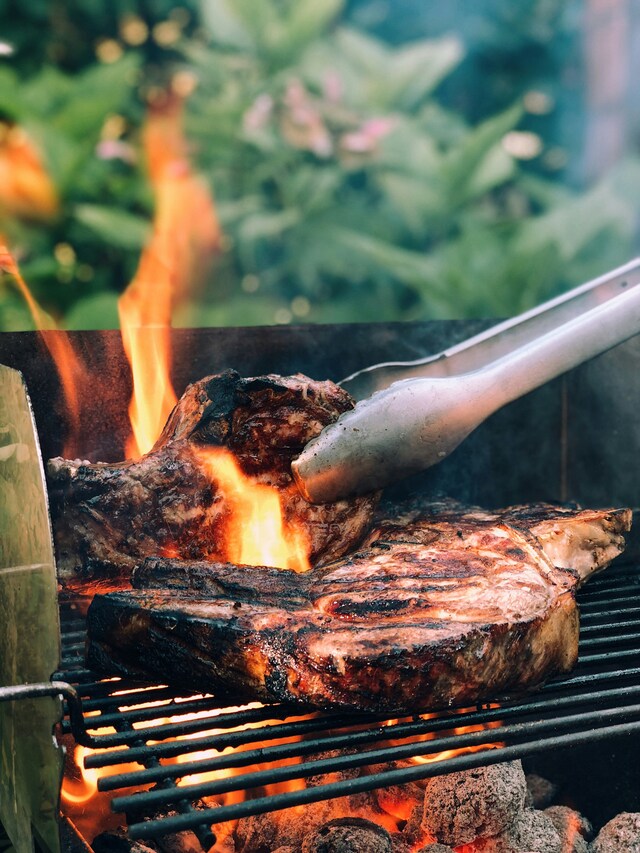Belgrave South resident Susan Heywood-Downard was at a meeting at what was then Dandenong Council on 16 February 1983 when she looked out of the window and saw smoke billowing over the Dandenong Ranges.
“I’d gone down to say hello to the children’s services people who I knew well and who I used to spend a morning a week with operating out of council, and they said ‘why are you here?’ ‘shouldn’t you be home?,” Ms Heywood-Downard said.
After hopping in her car, it took Ms Heywood-Downard an hour and a half to get home after being redirected, eventually reaching her house by driving around the back of Birdsland Reserve.
“The police didn’t know about the back route… and that was the only way I managed to get home,” Ms Heywood-Downard said.
Later that night, Ms Heywood-Downard and her husband Peter slept around four people from Mount Morton Road and Heath Road at their home; some who lost their own homes and others who feared they might have lost their homes.
“The police came knocking on our door and said that when the change came through at 9.30, we needed to evacuate,” Ms Heywood-Downard said.
“We were all in the car ready to go, and it didn’t come near us… 200 metres away it was flaming away.”
Ms Heywood-Downard would not sleep until four o’clock in the morning.
“There were flames leaping high above the tree line in Locks Way,” she said.
Cooking breakfast the next morning, Ms Heywood-Downard asked her husband to head down to the shops for more supplies, for him to then be stopped by a police officer.
“Peter said, ‘look, I live in there’.. ‘but it’s dangerous to go in there,’ ‘no,’ says Peter, ‘it’s perfectly alright, we’ve been there all night and I’m just getting more food to feed the troops’.”
While is wasn’t Ms Heywood-Downard’s first experience with bushfire, she said it was certainly her worst.
After attending a local CFA workshop after Ash Wednesday and learning about how the fire spread travelled through the area, she decided to change her fire plan immediately.
“It highlighted things that took into account climate change and made me think more carefully about the timelines; in particular how quickly things could happen and how quickly smoke would stop you going down a road that you would think that you could go down, and there would be fire engines coming in and you would be getting in their way,” she said.
Now, she is prepared to leave early on high fire danger days.
“If it looks as though it’s going to be a nasty summer, I have a list of things that I send out to friends on the flatlands, mainly things that I feel that I’m a custodian of as an elder of the family, things that I think need to be preserved,” she said.
“I have a list of things here so that I don’t panic and don’t know what I’m going to pack. I’ve got it all written down and I’ve got boxes to put it in and I know how to stack it in the car so that it fits with a small space in the front for the dog and just enough room for me, and a list of what I do before I leave and get out very quickly if a fire starts and I wasn’t expecting it.”
On the 20th anniversary of the Ash Wednesday bushfires in 2003, the Southern Sherbrooke Historical Society, of which Ms Heywood-Downard is president, presented an exhibition of 20 panels that traced the history of fire in the Hills, with the CFA present to talk to the community.
“We had several hundred people in that weekend,” she said.
“We didn’t ask for donations. We wanted them for the CFA, and we’ve worked a lot with the CFA because they’re a very important part of our community.”
Weeks after the fire, she remembers seeing steam coming up from the ground during rainfall; all the more noticeable after a period of drought.
“It was unexpected. We hadn’t had really huge bushfires for a very long time,” she said.
“The major bushfires in the Dandenongs were 1926, 1939, and then 83…there were some nasty ones in the 60s, but it had been a long time since there’d been a really, really big fire.
“It was an extraordinary night.”
Emerald resident Geoff Sands worked to help the Monbulk Fire Brigade Ladies Auxiliary during the Ash Wednesday bushfires, and was sent to Cockatoo to help feed firefighters.
“Sadly, unbeknown to the Auxiliary and myself and others, the ambulance people were bringing in bodies and they were using the fire station as a temporary morgue,” Mr Sands said.
“We had to move down to the sporting area just below Cockatoo, we set up there and we fed the firemen who had a break, and also the police and the other organisations that were there such as the State Electricity Commission at the time.”
Mr Sands would use his butchering skills to help another local butcher make sausages for firefighters and emergency service personnel.
“The men on the fire trucks were going around earlier after the fire and putting out all the logs around the homes that were burnt down, but the Auxiliary was totally involved in the backup of support to them,” he said.
“They were so happy, making comments such as ‘this is wonderful.’
“If you can imagine, here they are covered in soot, and being able to get a hot cup of tea and a sausage.”
On 20 acres of bush, Mr Sands had a fire bunker built for protection – not only because of Ash Wednesday but because of bushfire risk in the Dandenong Ranges and state-wide.
“I would still go to the township of Monbulk or Emerald where [it] would be safer as far as on a 20 acre bush block.”








